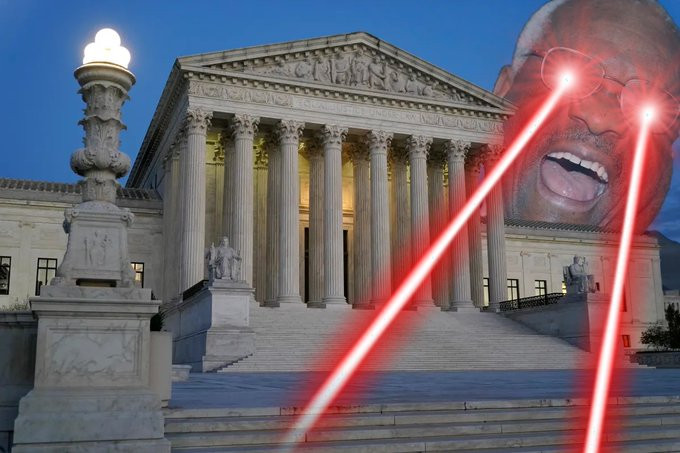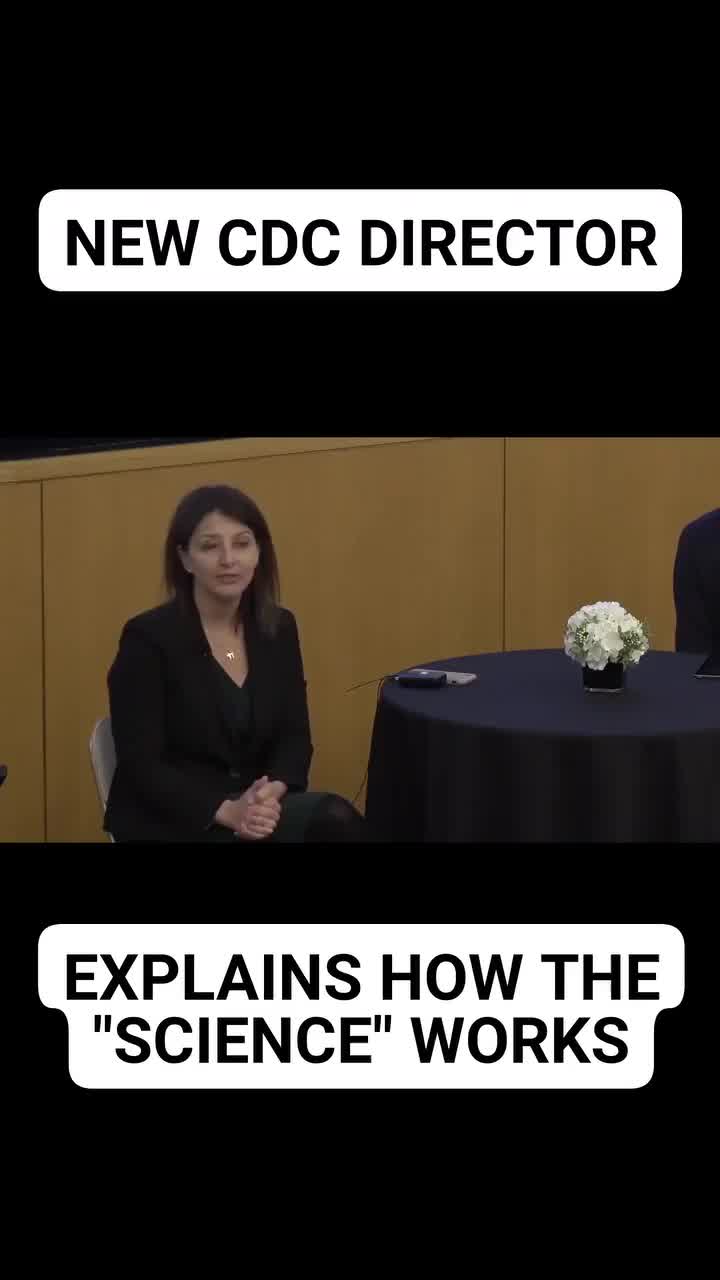For those who don't understand what Chevron Deference is, and why SCOTUS ended it, here's the long and short of it:
A family fishing company, Loper Bright Enterprises, was being driven out of business, because they couldn't afford the $700 per day they were being charged by the National Marine Fisheries Service to monitor their company.
The thing is, federal law doesn't authorize NMFS to charge businesses for this. They just decided to start doing it in 2013.
Why did they think they could away with just charging people without any legal authorization?
Because in 1984, in the Chevron decision, the Supreme Court decided that regulatory agencies were the "experts" in their field, and the courts should just defer to their "interpretation" of the law.
So for the past 40 years, federal agencies have been able to "interpret" laws to mean whatever they want, and the courts had to just go with it.
P. 2 Below in comment...
It was called Chevron Deference, and it put bureaucrats in charge of the country.
It's how the OHSA was able to decide that everyone who worked for a large company had to get the jab, or be fired.
No law gave them that authority, they just made it up.
It's how the ATF was able to decide a piece of plastic was a "machine gun".
It's how the NCRS was able to decide that a small puddle was a "protected wetlands".
It's how out-of-control agencies have been able to create rules out of thin air, and force you to comply, and the courts had to simply defer to them, because they were the "experts".
Imagine if your local police could just arrest you, for any reason, and no judge or jury was allowed to determine if you'd actually committed a crime or not. Just off to jail you go.
That's what Chevron Deference was.
It was not only blatantly unconstitutional, it caused immeasurable harm to everyone.
Thankfully, it's now gone.
The end of Chevron Deference means the end o


